Tasting Panel - Ports and Sorts for Winter

Fortify yourself from the chilly weather with our picks from one of hottest wine trends of the season.
Daylight savings is done and dusted, a dent is appearing in the firewood pile and my slow cooker is operating on overtime. While winter is all about comfort, there’s nothing surer than a sexy, saucy, fortified wine to inject a bit of sensuality into the season. So, let’s take a look at what’s warming, rich and dangerously delicious.
PORT
Enjoying a snifter of port with a chunk of blue cheese the other night got me thinking that I don’t drink nearly enough of the stuff. Especially as it’s the most perfect thing to warm the cockles in winter months. Changing times and tastes mean port’s now got that retro cool factor going on, and I love it to bits.
Port is a fortified wine – so what exactly is fortified wine? They’re wines that have had ‘spirit’ added. Spirit that raises the alcohol level of the wine to between 17 and 20%. Adding spirit to wine began as a means of preserving it during its transportation from Portugal to England centuries ago, people loved the flavours and the style stuck. Over the next few years the name ‘port’ will be discontinued on the labels of New Zealand wine as only wines from Portugal can officially lay claim to the name according to international law.
Four Hawke’s Bay wineries that are fortifying in style are Linden Estate, Pask,
Ash Ridge and Trinity Hill.
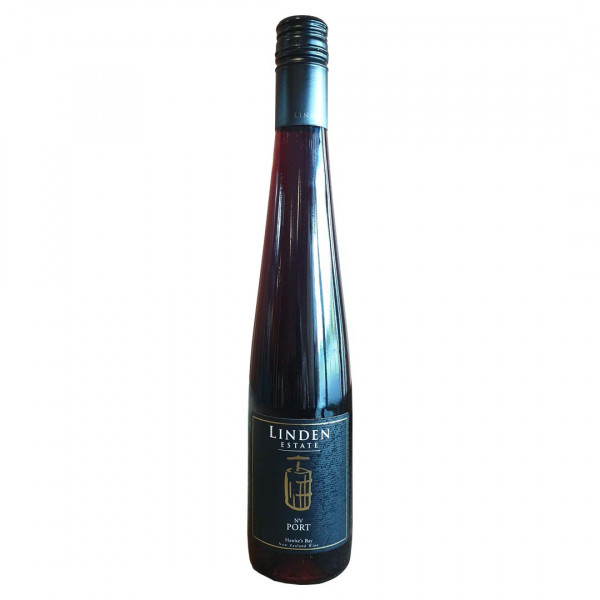
Made from mostly pinot noir blended with a little merlot that’s then aged for 10 years in old French oak is the Linden Estate NV Port ($27). Fruit is hand harvested at the absolute highest ripeness level achievable for the given year and, where possible, botrytised grapes are added to enhance the apricot notes in this sensationally syrupy, lusciously spicy style reminiscent of Christmas cake batter on the nose. With mixed peel and warming, caramelised characters in the mid-palate and a long, nutty finish, it’s easy to see why it’s a cellar door star. lindenestatewinery.co.nz
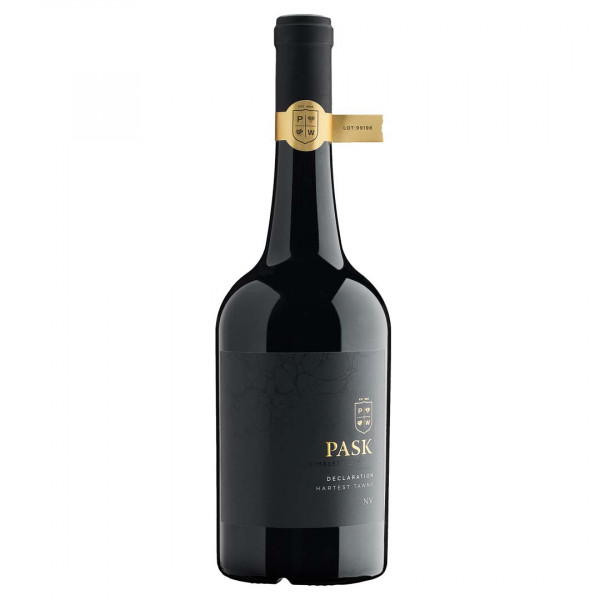
The Pask Declaration Hartest Tawny NV ($40) debuts this season and it’s a doozy. It’s named ‘Hartest’ after the home town of CJ Pask, the company founder, a Suffolk county village established before 1086 that features in the Domesday Book. Twenty-seven years in the making, it is blended from five vintages of Gimblett Gravels cabernet sauvignon, the oldest dating back to 1997. Cola-coloured, it’s bursting with caramelised currants, grilled figs, exotic spices, smoky oak notes and butter smeared on scorched toast flavours. Rich, luxuriously warming and boasting tannins that settle under your top lip and don’t give up, it’s an absolute star. pask.co.nz
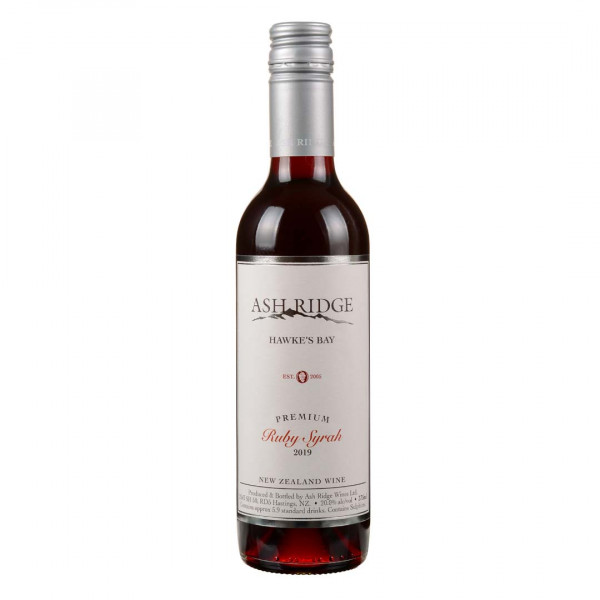
Former NZ Young Winemaker of the Year Lauren Swift is responsible for crafting one of Hawke’s Bay’s cellar door stars in the Ash Ridge Premium Ruby Syrah 2019 ($29). Oh the colour. Wow! It’s a riot of crimson, ruby, magenta and garnet-gilded gorgeousness. Bold, peppery, Bridge Pa-grown syrah has been finely fortified to 20% and nursed into a 375ml bottle. This is good. While it’s unmistakably syrah on the nose – all earthy, peppery and violet-edged – on the palate the fruit saturation really sings. Plums, boysenberries, blueberries and sackloads of spice make this a warming little lovely for any occasion. If you were a slab of fruit and nut chocolate, I’d be very afraid. ashridgewines.com
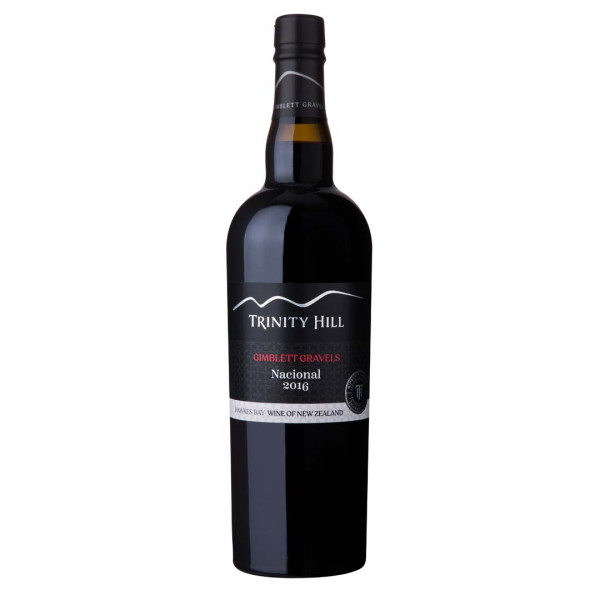
Stepping up into triple digits for the luxury set, Trinity Hill sell two of the finest, locally crafted vintage port styles ever made in New Zealand. The Trinity Hill Touriga Nacional 2016 ($120) is crafted from the nacional
grape, a popular traditional variety for Portuguese vintage port. It’s a deep, brooding, exotically spiced style with incredible weight, warmth and wild complexity in the mouth.
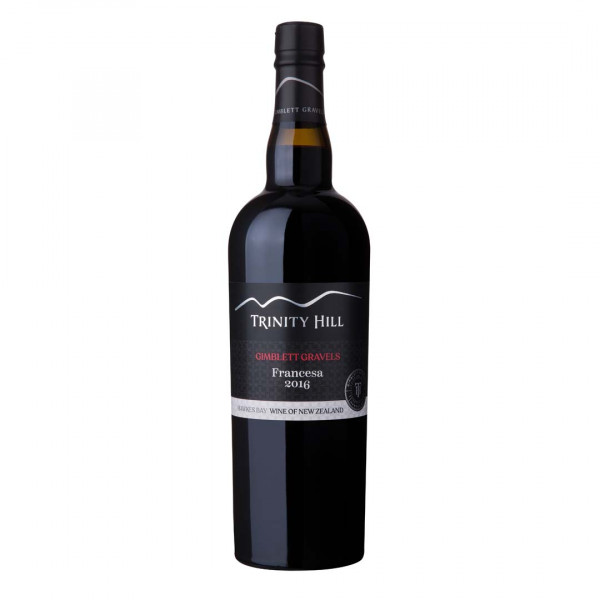
The Trinity Hill Touriga Francesa 2016 ($120) is a vintage port made from the lesser-known, but very traditional Francesa (Franca) grape and shows gorgeous florality on the nose and a supple, succulently spicy finish.
Following fermentation and fortification, both wines were aged for two years in the customary small oak barrels to enhance their nutty, intensely spicy, smoky character. trinityhill.com
Main Port Styles
Tawny – A fortified wine that has been aged in wood for a period, has lost its youthful colour and taken on an amber brown or rusty hue. Look for characters such as nut, dried fruit, prunes, coffee, raisin and caramel.
Vintage – Only made in exceptional years from the ripest and best grapes. Port takes on a luscious, velvety richness and develops the toffee, nut and coffee flavours of an aged tawny, but with riper, more pronounced fruit elements. Almost assumes a liqueur-like quality.
Ruby – A young tawny port that’s been aged for only a few years and has a more reddish, ruby colour and tastes fruitier than tawny or vintage styles.
SHERRY
Sherry was something my dad always had a bottle of in the kitchen cupboard when I was growing up. Certainly when I was teen on the prowl for something classy to take to parties, that unfashionable flagon or the bottle with a cork stopper was always a safe, sweet bet. Nowadays sherries are back in vogue and there are some excellent examples being imported to New Zealand.
So what’s the difference between sherry and port? Geography and recipe. Ports are a Portuguese invention and are fortified halfway through fermentation to halt the process and retain the natural sugary sweetness of the grape juice. Sherries are Spanish sensations, traditionally fortified at the end of the ferment and carrying a totally different flavour spectrum.
Sometimes known as Jerez or Xérès, sherry is made solely from white grapes, and under Spanish law, any wine labelled as ‘sherry’ must come from an area in the province of Cádiz known as the ‘Sherry Triangle’, an area located between Jerez de la Frontera, Sanlúcar de Barrameda and El Puerto de Santa María.
Sherry is made mostly from palomino grapes in an array of styles, such as the lighter, drier fino and manzanilla, through to darker, heavier, sweeter breeds such as amontillado and oloroso that have undergone oxidation as they mature in barrel. Even sweeter, dessert-style sherries are made from Pedro Ximénez or moscatel grapes, and they’re dangerously delicious to sip at the end of a great meal over shards of nutty, smooth manchego cheese.
Other common styles of sherry are cream sherry, made from oloroso; pale cream sherry, made from fino; and medium sherry, made from amontillado.
Fact:
Wines from different years are aged and blended using a solera* system before bottling, so that bottles of sherry will not usually carry a specific vintage year and can contain a small proportion of very old wine.
*A stack of oak barrels where small amounts of younger wines stored in the top tier of barrels are systematically blended with the more mature wine in the casks below.
Some excellent sherries are being brought into New Zealand by specialist Spanish wine importer St Vincent’s Cave, and Glengarry’s carry some great examples too. Some of my sure-fire, never-fail favourites are:
Alvear Moscatel ($33.50)
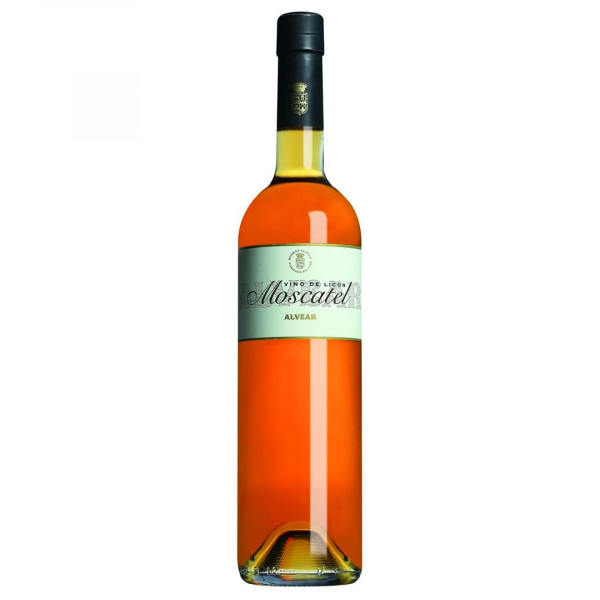
Think orange blossom, citrus zest, caramelised spices, candied nuts and honeycomb. It’s fresh and beautifully balanced, yet incredibly sweet and seductive. stvincentscave.com
Alvear Amontillado Carlos VII, 500ml ($75)
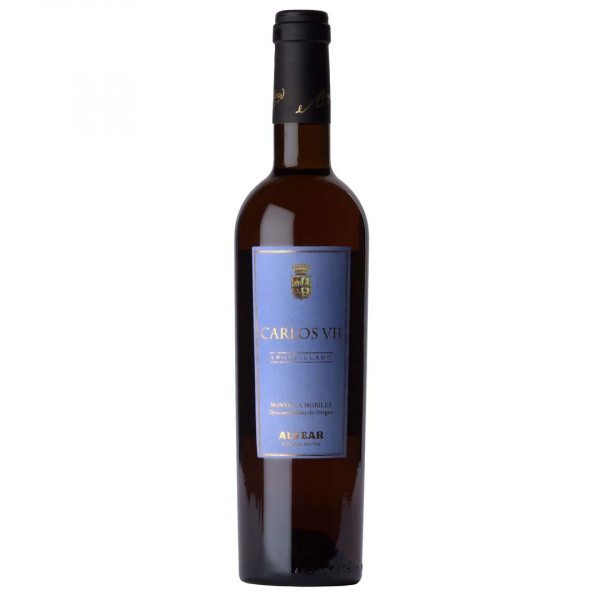
Amontillado means ‘made in the style of Montilla’ and this wine has developed through 15 years ageing in oak barrel soleras. Gloriously nutty, smoky and edged with figs and caramel, it’s an elegantly dry, exotic example. stvincentscave.com
Real Tesoro Fino Seco ($26.99)
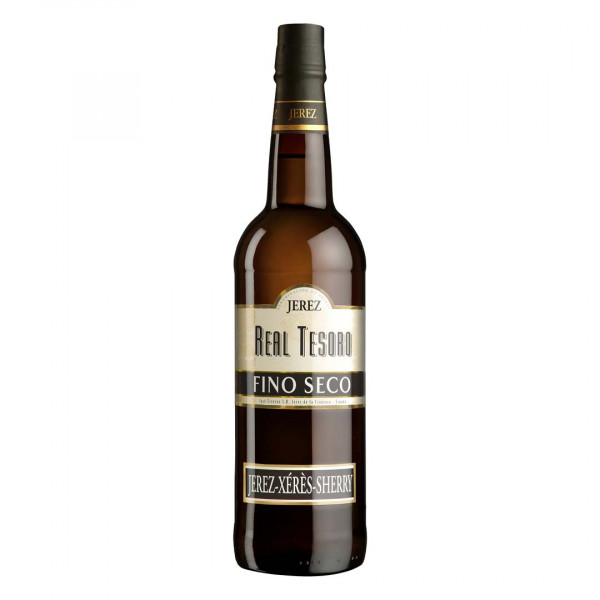
Pale straw-coloured and perfumed with delicate florals, toasted almonds, slightly saline, olive brine notes , this is a seriously clean and refreshing style. glengarrywines.co.nz
Valdespino El Candado Pedro Ximénez ($49.99)
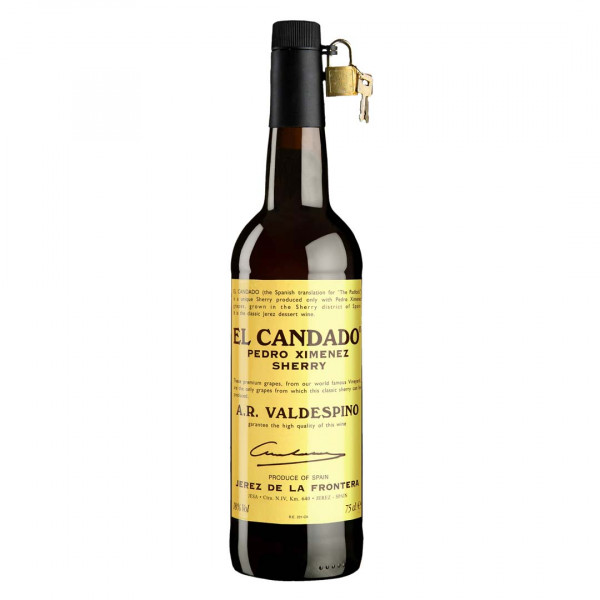
Indulgently dark, luscious and laden with exotic, caramelised raisin and figgy fabulousness, coffee, vanilla and liquorice all jostle for attention too. They’ve even popped a padlock on the neck of the bottle to aide your restraint. Good luck with that. glengarrywines.co.nz
Sherry Tips
Once bottled, sherry does not benefit from further ageing, although it can be stored for years without losing its flavour, especially if it’s kept in a cool, dark place.
Finos and manzanillas are best consumed within a few days of opening, while amontillados, olorosos and cream sherry can last for months after opening.
Enter the dish tasting panel:
Giddy Up Shirazliens!!
For just the second time in our 14 Year Tasting Panel history, dish Magazine is venturing offshore to embrace the ANZAC spirit and highlight the best AUSTRALIAN SHIRAZ wines available in NZ

latest issue:
Issue #120
As the days become shorter, and the nights cooler, the latest issue is perfectly timed to deliver delicious autumn dishes. From recipes using fresh seasonal produce such as feijoas and apples, to spectacular soothing soups and super-quick after-work meals in our Food Fast section, we’ve got you covered. With Easter on the horizon, we feature recipes that will see you through breakfast, lunch and dinner over a leisurely weekend holiday, and whip up chocolatey baking treats sure to please. We round up delicious dinners for two and showcase a hot new Korean cookbook before heading south to Dunedin to check out all that’s new in food and dining.The latest issue of dish is on sale NOW at all good bookstores and supermarkets – don’t miss it!


